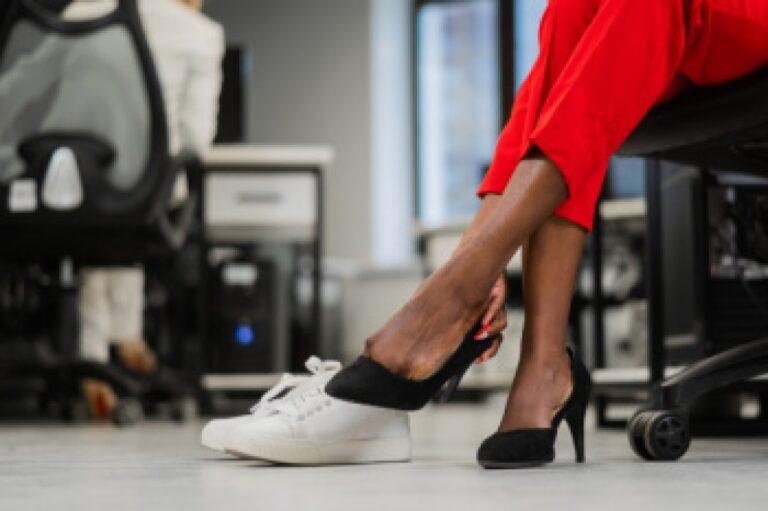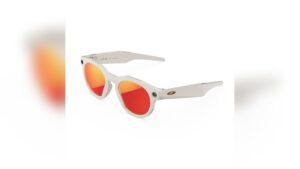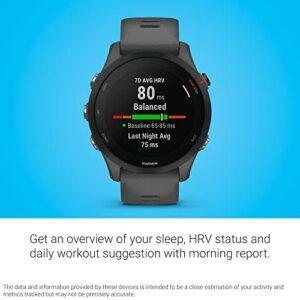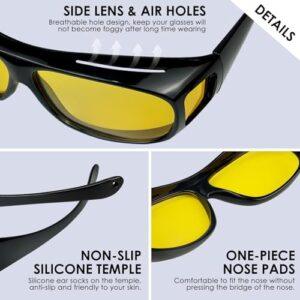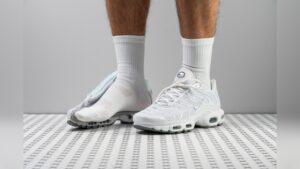Have you ever worn high heels and felt that sharp, nagging pain after just a short time? You’re not alone.
High heels might make you look confident and stylish, but they often come with discomfort that’s hard to ignore. Understanding why high heels hurt can help you make smarter choices and protect your feet. Keep reading, and you’ll discover the surprising reasons behind that pain—and what you can do to feel better while still rocking your favorite shoes.

Credit: www.youtube.com
Causes Of Heel Pain
Pressure on the forefootis a big reason high heels hurt. Most body weight pushes down on the front part of the foot. This causes pain and discomfort after a while.
The foot archis also affected. High heels change the natural shape and put extra stress on the arch. This leads to soreness and tired feet.
Tight toe boxessqueeze toes into a small space. This can cause blisters, bunions, and nerve pain. Feet need room to move and breathe.
Ankle instabilityhappens because heels lift the foot up. This makes it hard to balance and can cause sprains or twists.
Nerve compressionoccurs when tight shoes press on nerves. This causes numbness, tingling, or sharp pain in the feet.
Long-term Effects
High heels can cause joint problemslike pain in knees and hips. Wearing them often puts extra pressure on these joints. This may lead to long-term damage.
Muscle fatiguehappens because high heels change how muscles work. Your calf muscles get tired faster. This can cause aching and stiffness.
Posture changesoccur as your body tries to balance. The spine curves unnaturally, causing back pain. Standing or walking for long times becomes harder.
Blisters and calluses form due to friction and pressure. Tight shoes and narrow toe boxes make this worse. These skin problems can be painful and need care.
Choosing Better Heels
Heel heightgreatly affects comfort. Lower heels put less pressure on feet. High heels force your body weight onto the toes. This causes pain and discomfort quickly.
The material and fitare key to comfort. Soft, flexible materials reduce rubbing and blisters. Shoes that fit well prevent slipping and pinching. Tight shoes cause pain and foot problems over time.
Supportive featureshelp with balance and reduce strain. Look for cushioned insoles and arch support. A sturdy heel base keeps feet stable. Straps can hold feet securely in place. These features make walking easier and less painful.
Immediate Relief Tips
Foot exerciseshelp ease pain by stretching and strengthening muscles. Try toe curls, ankle rolls, and calf stretches. These moves improve blood flow and reduce tightness.
Cushions and insertsadd comfort by softening pressure points. Gel pads or foam inserts work well. They also help balance your feet and reduce friction inside shoes.
Proper rest techniquesinclude elevating your feet and avoiding standing for long periods. Resting your feet helps reduce swelling and pain quickly.
Pain-relief remedieslike ice packs or warm soaks can ease soreness. Over-the-counter creams or mild painkillers may also help calm discomfort.
Preventing Heel Pain
Limit how longyou wear high heels to avoid pain. Wearing them for a short time helps your feet rest. Switch to flat shoes or sneakers during the day. This gives your feet a break and stops soreness.
Try to alternate your shoesevery day. Wearing different shoes helps spread pressure on your feet. It also stops your muscles from getting tired or weak.
Strengthen your foot muscleswith simple exercises. Toe curls, ankle circles, and foot stretches build muscle. Strong muscles support your feet better and reduce pain. Doing these exercises often keeps your feet healthy and pain-free.

Credit: ankleandfootcentre.com.au

Credit: arizonafoot.com
Frequently Asked Questions
Why Do High Heels Cause Foot Pain?
High heels shift body weight to the front foot. This increases pressure on toes and ball of the foot. It strains muscles, ligaments, and joints, causing pain and discomfort.
How Do High Heels Affect Foot Posture?
High heels force feet into unnatural positions. This alters foot alignment and gait. Over time, it can lead to bunions, hammertoes, and joint problems.
Can Wearing High Heels Cause Long-term Damage?
Yes, prolonged use can cause chronic foot issues. It may lead to joint pain, arthritis, and nerve damage. Limiting heel height and duration helps reduce risks.
What Are Common Injuries From High Heels?
Common injuries include blisters, calluses, ankle sprains, and stress fractures. These occur due to poor support and instability while walking.
Conclusion
High heels often cause pain because they put pressure on your feet. The shape shifts weight onto the toes and balls of your feet. Tight straps and narrow toes add to discomfort. Wearing high heels for long times can lead to sore muscles and blisters.
Choosing the right size and taking breaks helps reduce pain. Remember, comfort matters more than style sometimes. Your feet will thank you for giving them a rest. Pain from heels is common but manageable with care.

Madison Clark is a footwear expert and the voice behind MyStyleGrid.com. She specializes in honest shoe reviews, style tips, and practical guides to help readers find the perfect pair for any occasion. With years of experience in blogging and content creation, Madison makes footwear knowledge simple, stylish, and easy to follow.

